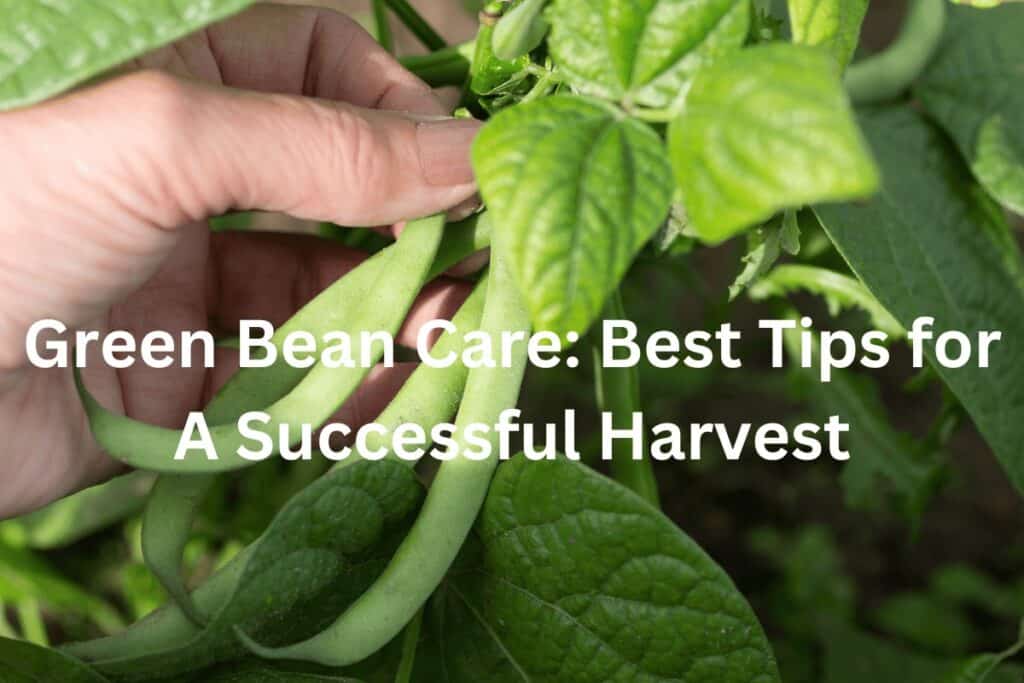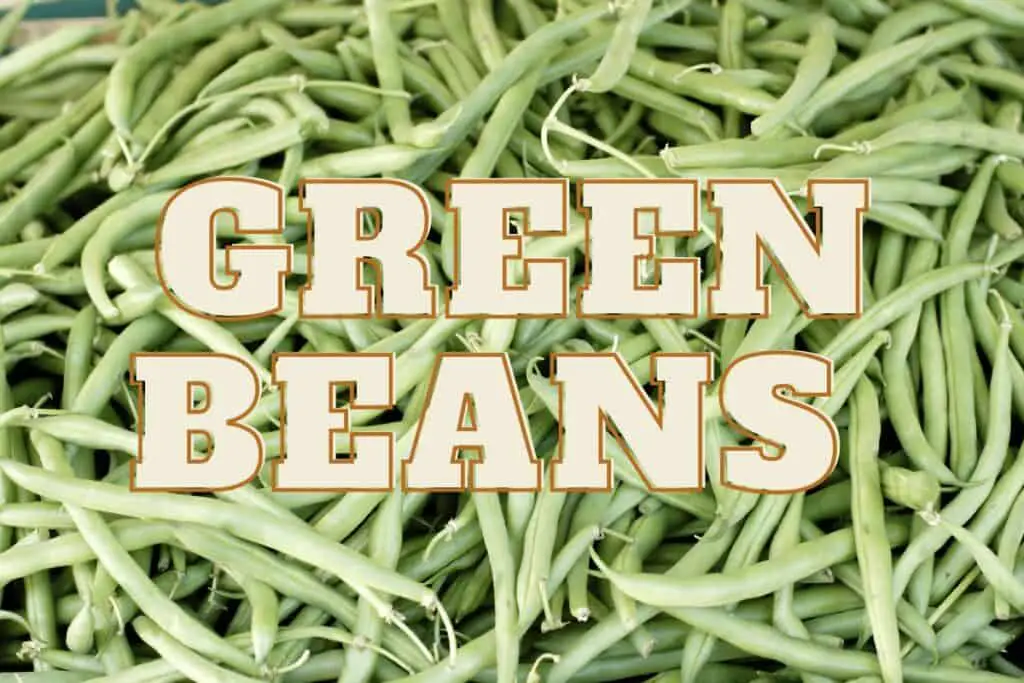Growing green beans can be a fulfilling experience for any gardener. These nutritious and delicious legumes are easy to grow and provide an excellent source of protein and fiber. In this article, Best Green Bean Care: Tips for a Successful Harvest we will cover everything you need to know to grow green beans successfully.
Varieties of Green Beans
There are two main types of green beans: bush and pole beans. Bush beans are perfect for small gardens or containers, while pole beans require a trellis or support system to climb on. Some popular varieties of green beans include Blue Lake, Kentucky Wonder, and Dragon Tongue. The choice of variety depends on the gardener’s preference and the growing conditions.
How to Plant Green Beans

The best time to plant green beans is when the soil temperature is around 60°F. Plant seeds 1 inch deep and 3 inches apart for bush beans and 1 inch deep and 6 inches apart for pole beans. Be careful not to plant the seeds too deep as they will not germinate. Ensure the soil is well-draining, and provide adequate moisture for the beans to grow. Water the plants weekly if there has been no rain, and pay attention to irrigation when the plants are flowering.
Soil Preparation
Green beans prefer well-draining, nutrient-rich soil. Ensure that the soil is loose and friable, as compacted soil can impede root development. It is recommended to add organic matter to the soil, such as compost or well-rotted manure, to provide essential nutrients to the plants. Ensure that the soil pH is between 6.0 and 7.5, as green beans prefer slightly acidic soil.
How to Fertilize Green Beans
Green beans do not require heavy fertilization but benefit from a balanced fertilizer such as 10-10-10. Apply the fertilizer at planting time and once more when the beans begin to flower. Be cautious not to over-fertilize, as this can result in excessive foliage growth and poor bean production.
How to Harvest Green Beans
Green beans are ready for harvest approximately 50-60 days after planting. Harvesting the beans regularly promotes the development of new pods. Pick the beans when they are tender, and the pods snap easily. Avoid picking the beans when they are mature as this can cause the plant to stop producing new pods. When harvesting pole beans, use scissors or pruners to avoid damaging the plant.
Preserving Green Beans

Green beans can be preserved through canning, freezing, or dehydrating. To can green beans, clean and cut the beans to the desired length and place them in sterilized jars with canning salt and water. Pressure can the jars for 25 minutes under 10 pounds of pressure. To freeze green beans, clean and blanch them for 3 minutes, then place them in airtight containers or freezer bags. To dehydrate green beans, slice them into thin strips and dry them in a dehydrator or oven.
Here Are Two Plant-Based Green Bean Recipes
- Green Bean and Red Onion Salad: This refreshing green bean salad can be enjoyed cold and is strictly vegan. To make it vegan, simply leave out the pecorino cheese and substitute it by sprinkling it with nuts like cashews for crunch or adding slices of avocado on top for creaminess. You can find the full recipe at [1].
- Tofu Green Bean Stir Fry: This is a vegan version of a classic Filipino recipe and is easy to make. The recipe uses tofu and green beans as the main ingredients and is perfect for a quick and healthy dinner. You can find the full recipe at [2].
Conclusion Best Green Bean Care: Tips for A Successful Harvest
Growing green beans is a rewarding experience that requires minimal effort and provides maximum benefits. By following the guidelines provided in this article, you will be able to grow green beans successfully and enjoy their delicious taste all season long.
FAQs
When should I plant green beans?
Green beans should be planted directly in the garden when the soil temperature is at least 15.5° Celsius, which is usually around 14-28 days before the last frost date and 80-133 days before the first frost date [3].
How should I space my green bean plants?
For pole beans, space plants are 6 inches apart and row 12 inches apart. For bush beans, space plants are 4-6 inches apart and rows are 4-6 inches apart [3].
How often should I water my green bean plants?
It is best not to water your green bean plants during the middle of the day as evaporation can occur. Water bean plants that are in containers once a day. Green bean plants grown in a container—whether indoors or outdoors—should be watered daily. Plants tend to need more than 1⁄2 inch (1.3 cm) of water each week [1].
How deep should I plant my green bean seeds?
Sow green bean seeds about 1 inch deep and 3 inches apart. When plants are a few inches tall, thin them to at least 18 inches apart for bush varieties and 4 inches apart for pole varieties [2].
When should I harvest my green beans?
Green beans are ready to be harvested when they are still young and tender, usually within 50-60 days of planting [2]. It’s best to harvest green beans in the morning before the heat of the day to ensure the best flavor and texture.
Latest Post
- What Types of Lettuces Can You Grow?

- How to Plant Onion Seeds for Maximum Germination

- How to Plant Parsnip Seeds for Maximum Germination

- How to Plant Mushroom Seeds for Maximum Germination

- How to Plant Lettuce Seeds for Maximum Germination

- How to Plant Kale Seeds: A Step-by-Step Guide to Maximum Germination Success!





